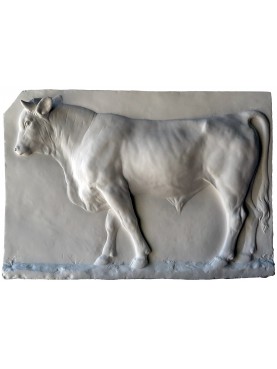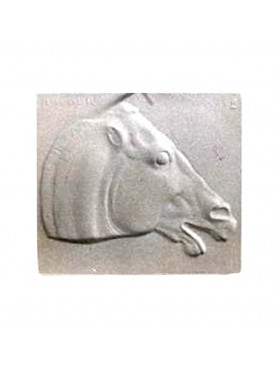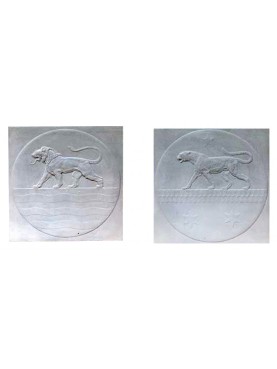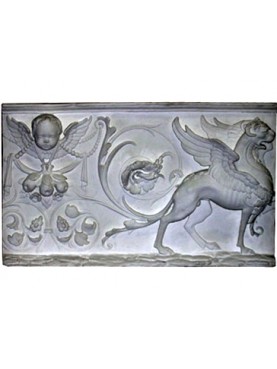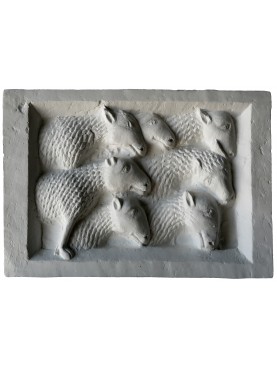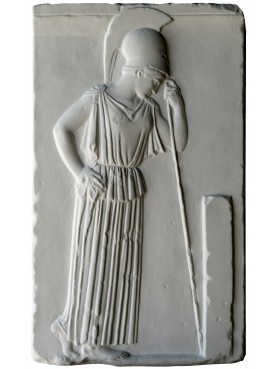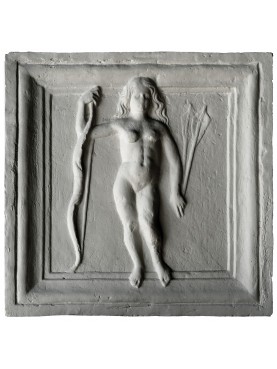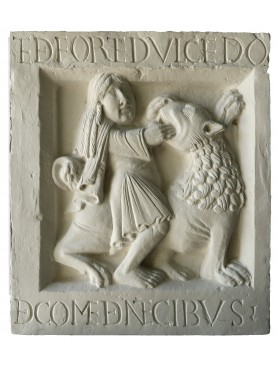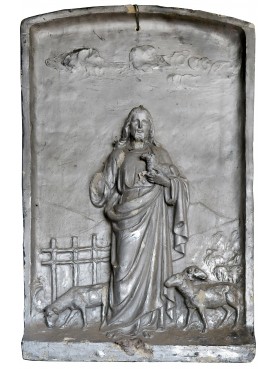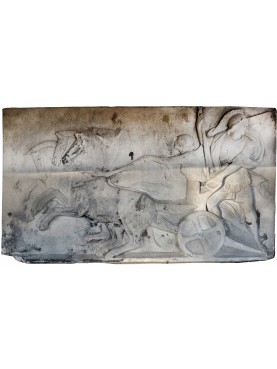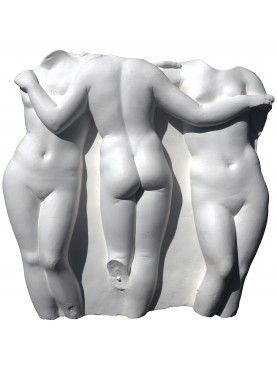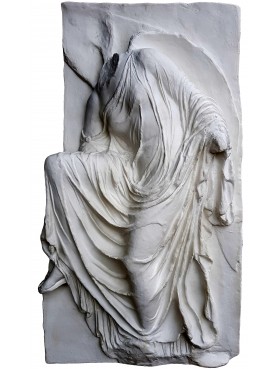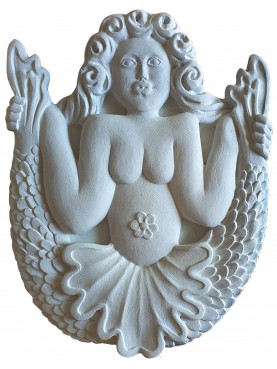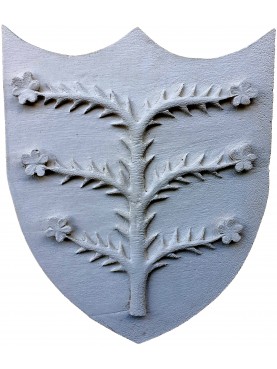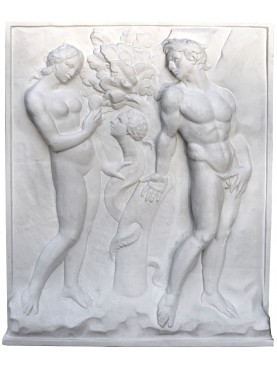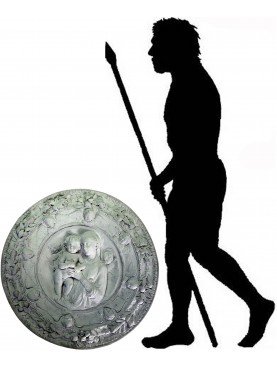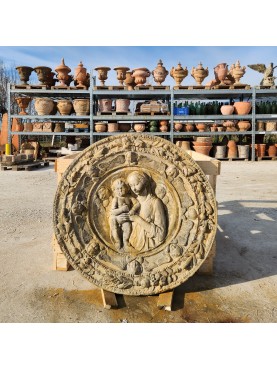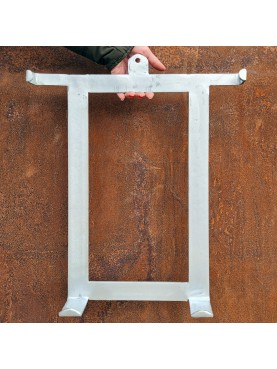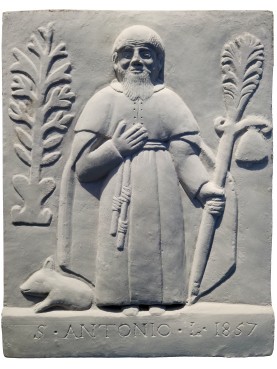Metope of the Parthenon of Athens in plaster - North Frieze Block 10
Metope of the Parthenon of Athens in plaster - North Frieze Block 10
7400
New
Bas-relief in patinated plaster; also available in unpatinated white plaster.
1:1 reproduction of the metope of the Parthenon in Athens, North Frieze Block 10.
Six old men dressed in the robe called himatia, move or stand talking to each other. The first man tries to tie a band around his head and the fourth has his hair gathered in long crossed braids and tied at the nape of the neck. They are the last "thallophoroi", the last of the sixteen branch-bearers, the old men of aristocratic origin who participate in the procession in honor of Athena, holding olive branches (thalloi). According to another theory, they are city officials, prytanei, hieropoioi or athlothetai.
This bas-relief can be produced in white Carrara marble on request.
Data sheet
| Height | 40.16 in | 102 cm |
| Width | 47.64 in | 121 cm |
| Thickness | 5.91 in | 15 cm |
| Weight | 66.14 lbs | 30 Kg |
| Manufacturing | Made in Italy | |
| Material | Plaster | |
| Museum where the Original is exhibited | Museo dell'Acropoli Atene / Athens | |
| Note 01 | 1:1 reproduction like the original |
More info
Block X was found in 1835 during excavation campaigns conducted on the Acropolis, in the northwestern corner of the Parthenon. The block was removed from its original position in antiquity during the conversion of the Parthenon into a Christian church and a window was opened in its place.
The frieze on the north side of the Parthenon depicts part of the procession formed by the people of Athens during the Panathenaic festival in honor of the city's protector, Athena. The destination of the procession was the Temple of Athena Polias on the Acropolis. Its purpose was to transport the Panathenaic peplos intended to adorn the goddess's ancient xoanon and to offer a great animal sacrifice to the Great Altar outside the temple.
The Metopes of the Parthenon are a series of marble panels, originally 92 in number, on the outside walls of the Parthenon in Athens, Greece, forming part of the Doric frieze. The metopes of each side of the building (14 each on the eastern and western walls, 32 each on the northern and southern walls) had a different subject, and together with the pediments, Ionic frieze, and the statue of Athena Parthenos contained within the Parthenon, formed an elaborate program of sculptural decoration. Fifteen of the metopes from the south wall were removed and are now part of the Parthenon Marbles in the British Museum, and others have been destroyed. They are famous examples of the Classical Greek high-relief.
North Metopes - North Frieze
The metopes of the north wall depict the war of the Greeks against the Trojans (Iliou persis). These metopes are often referred to the sack of Troy and describe the Trojan War. Only 24 of the original 32 metopes of the north wall have survived to this day and are exhibited in the Acropolis Museum in Athens.













